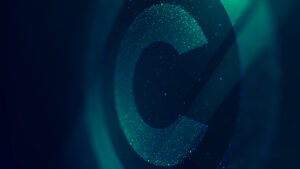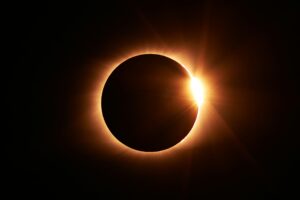30/09/2022
Radar was one of the first systems for detecting remote objects, famously deployed along the British coast in the Second World War to provide early warning of incoming German fighters. While the implementation of the technology has advanced greatly since then, the physical principles behind it remain fundamentally the same in modern radar systems.
The term radar came about as an acronym for “radio detection and ranging”. Detecting objects and determining the distance to them are two key challenges for making driverless cars, and so it is perhaps not surprising that radar systems are being incorporated into autonomous vehicles. Depending on the type of radar, in particular the wavelength, radar systems can be used in a number of different ways in an autonomous vehicle, including blind-spot monitoring, parking assistance, and obstacle detection. Furthermore, compared to other forms of sensor, radar has the advantage of working well in poor conditions, such as fog and rain.
However, radar is far from a perfect solution covering all the sensing needs of an autonomous vehicle. For example, it is relatively low precision compared to LIDAR, and can’t determine colour like visual image recognition. In practice, autonomous vehicles will likely utilise some combination of sensors, including radar.
Technologies like image recognition, of which Tesla is a great proponent in the autonomous vehicle space, are often the most headline grabbing. This is no doubt in part due to their frequent link with machine learning and artificial intelligence – both currently buzzwords in society. However, whilst radar may have roots stretching back deep into the twentieth century, new applications for autonomous vehicles pose new challenges, and these challenges provide a ripe environment for new radar innovation.

That innovation in this area is happening can be seen by the sharp increase in the number of related yearly patent publications in the last decade. The above graph illustrates the number of patent documents published in the category “G01S13/931″ which is for radar or analogous systems specially adapted for anti-collision purposes of land vehicles (excluding “G01S2013/9328” for rail vehicles). This category includes a number of related sub-categories of radar that may well prove crucial to realising fully autonomous vehicles, including radar for parking operations, monitoring blind-spots, and controlling steering, braking and acceleration. Since 2011, the number of yearly publications has increased tenfold.
Looking specifically at the categories of radar systems for controlling steering, braking and acceleration (G01S2013/9318, G01S2013/93185, and G01S2013/9319 respectively), a similar trend can again be seen, with patent publications increasing by approximately a factor of five in the past decade.

Looking at the top patent filers in these classes, unsurprisingly they are dominated by large vehicle manufacturers, such as Toyota and GM, or leading suppliers to the automotive industry such as Bosch and Denso. However, a number of other companies more recently entering the automotive space, and more specifically focused on autonomous vehicles, are also represented, such as Waymo.
Unfortunately, whilst capable of detecting things out of sight, radar won’t give us a view of the future to see what autonomous vehicles will look like in five, ten or even thirty years, or what technologies they will be using. However, what is clear is that radar looks set to play an important role in making self-driving cars a reality, and those companies that can carve out as much of this technology space as possible, and protect this territory with patents, will enjoy a competitive advantage in the market at a crucial time. The autonomous and electric vehicle group at Reddie & Grose LLP has a great breadth of experience dealing with the different technological and commercial challenges faced by companies of all sizes, and can provide tailored advice to you and your company on how best to protect your ideas.
This article is for general information only. Its content is not a statement of the law on any subject and does not constitute advice. Please contact Reddie & Grose LLP for advice before taking any action in reliance on it.


